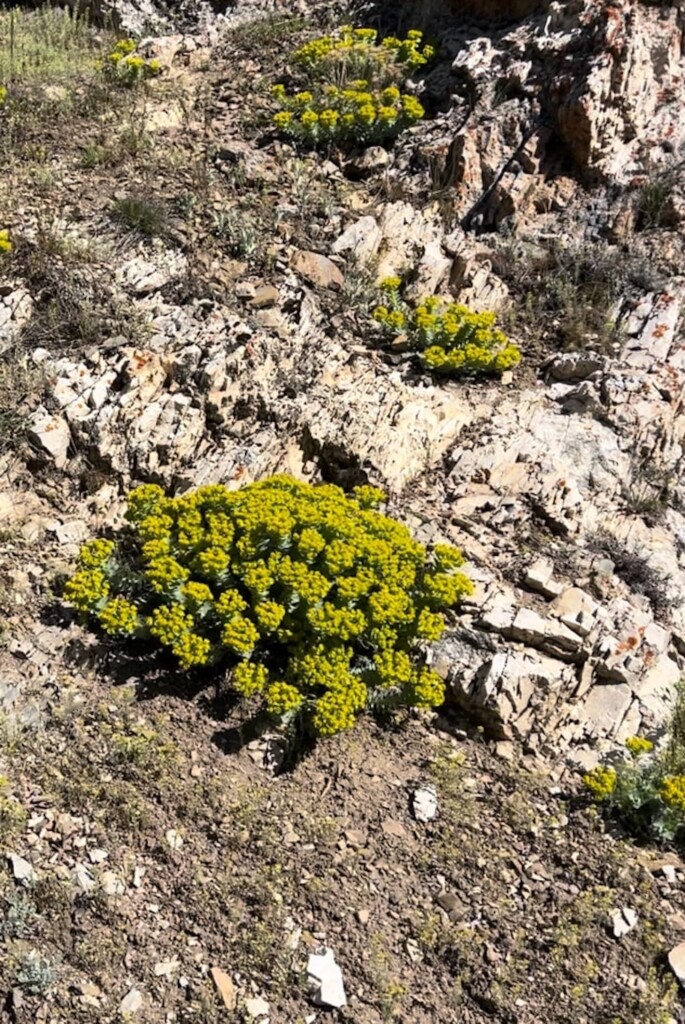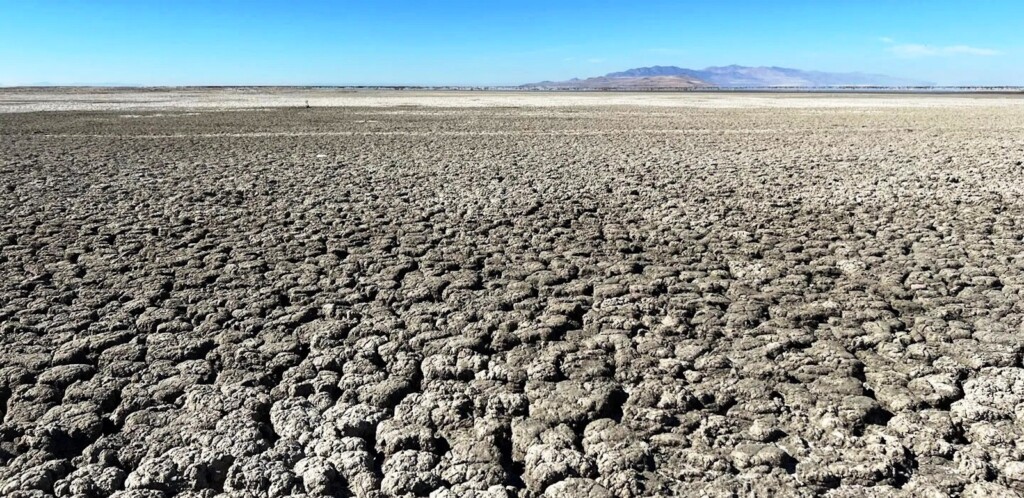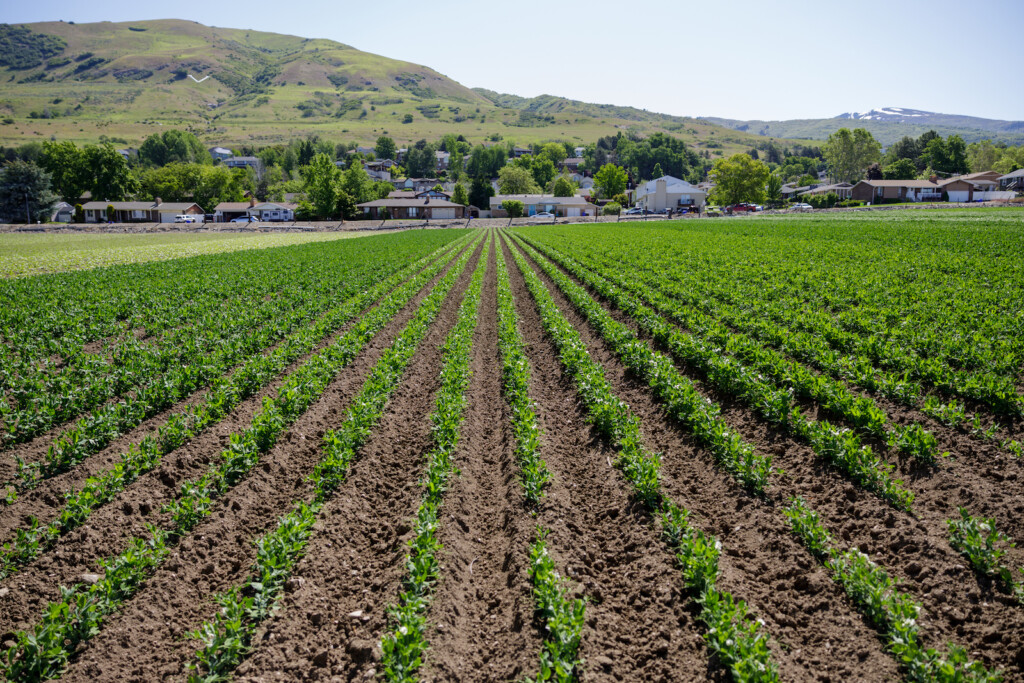Every year, residents witness men in Millcreek Canyon with big sprayers on their backs attacking the plants with herbicide. I’m always left scratching my head and thinking, “What’s the point?” Certainly the herbicide is doing more harm to the ecology than good in removing the plants.
This spring, Utah Division of Natural Resources (DNR) along with Salt Lake County, is taking much more extreme measures: they are using a massive drone to spray Roundup (glyphosate) from the air to attempt to kill the plants. They have contracted Tera Landworks to conduct the herbicide operations.
Roundup and parent company Monsanto settled a multibillion dollar class-action lawsuit because glyphosate was found to cause cancers such as non-Hodgkin’s lymphoma and leukemia. Glyphosate kills not only weeds, but all plants in its path, and is also known to destroy micro flora and helpful gut bacteria in animals and humans.
When I asked the owner of Landworks why they decided on glyphosate rather than a less harmful herbicide, he said that Utah DNR said to use RoundUp.

Why?
I was told to contact DNR Representative Robby Edgel who I emailed back-and-forth with over their decision for the past week.
Edgel said that while there was no public input on the decision to spray glyphosate from a giant drone, “several agencies were consulted in the decision-making process.”
I asked him why glyphosate was chosen rather than a less harmful and toxic alternative? Engle pointed me to the EPA’s website that essentially green lights glyphosate and does not conclude it is carcinogenic.
Utah Stories has researched glyphosate for previous stories and we found that the Center for Biological Diversity accurately reported how the EPA’s top officials were found guilty of collusion with top executives at Monsanto.
The EPA and FDA’s cozy relationships with the top herbicide and world-wide GMO producer is troubling. It’s also troubling that the people in charge of biological diversity in our forests aren’t more concerned that the number one chemical for destroying biological diversity gets a green light for spraying by the thousands of gallons on our last remaining wilderness areas.
What’s a better solution?
Examining the myrtle spurge growth all over Millcreek Canyon and on every rocky hillside on the benches along the Wasatch makes it clear it would require thousands of gallons of glyphosate to eliminate the species, along with collection of the dead plants because the seeds are active for eight years. This is impossible, of course. But myrtle doesn’t grow where abundant wild grasses are growing and flourishing. It also doesn’t grow in shade. Living with myrtle spurge is the only viable solution.
Why not take initiatives to grow more native grasses that can choke out more areas of spurge? There have been successful measures where deserts were changed into green pastures by introducing mulch and compost and planting native plants. What about taking a pro-ecology approach rather than using ecological-decimating tactics?
I’m no expert, but we believe this is an important conversation. Send your comments or post online at UtahStories.com.
Feature Image by Richard Markosian.





